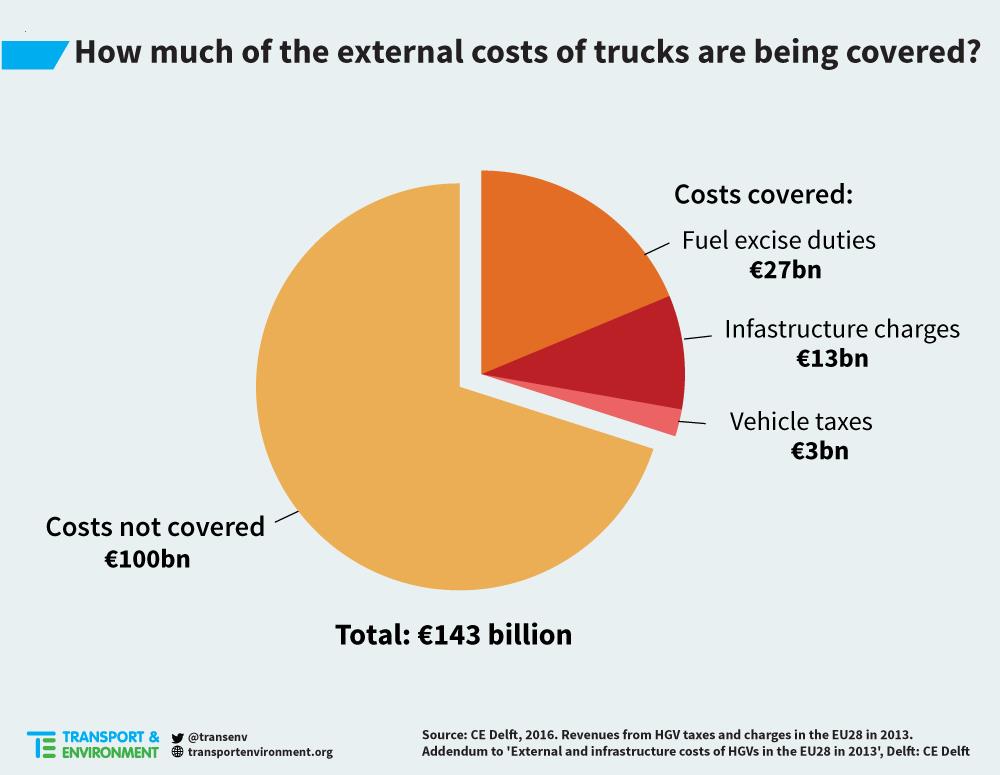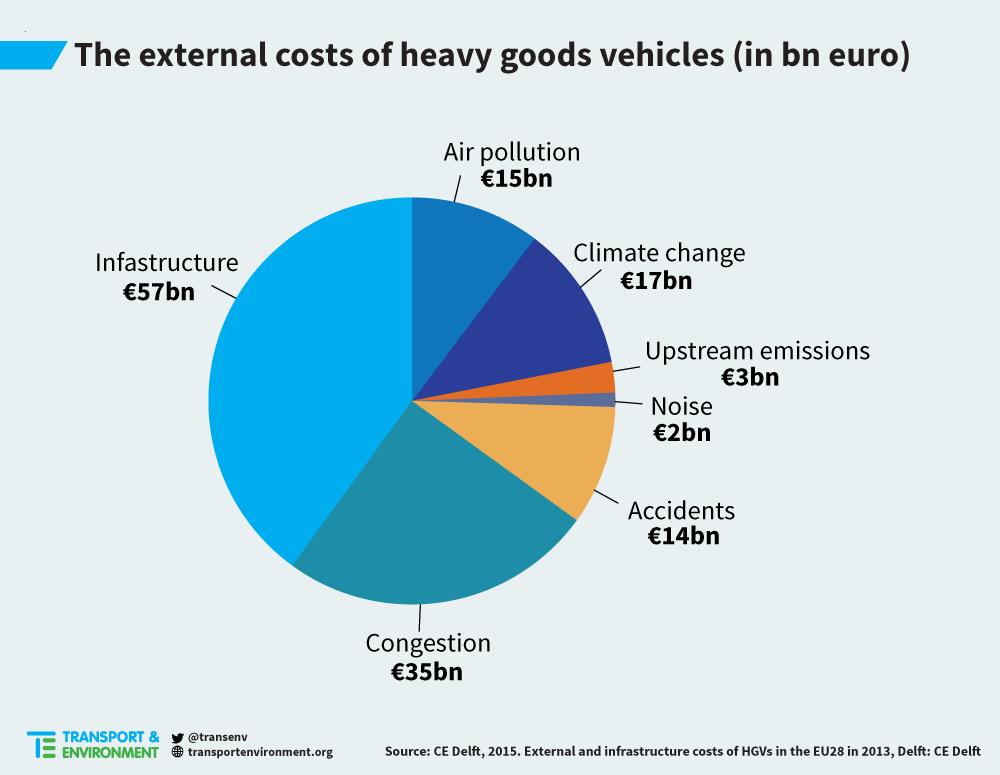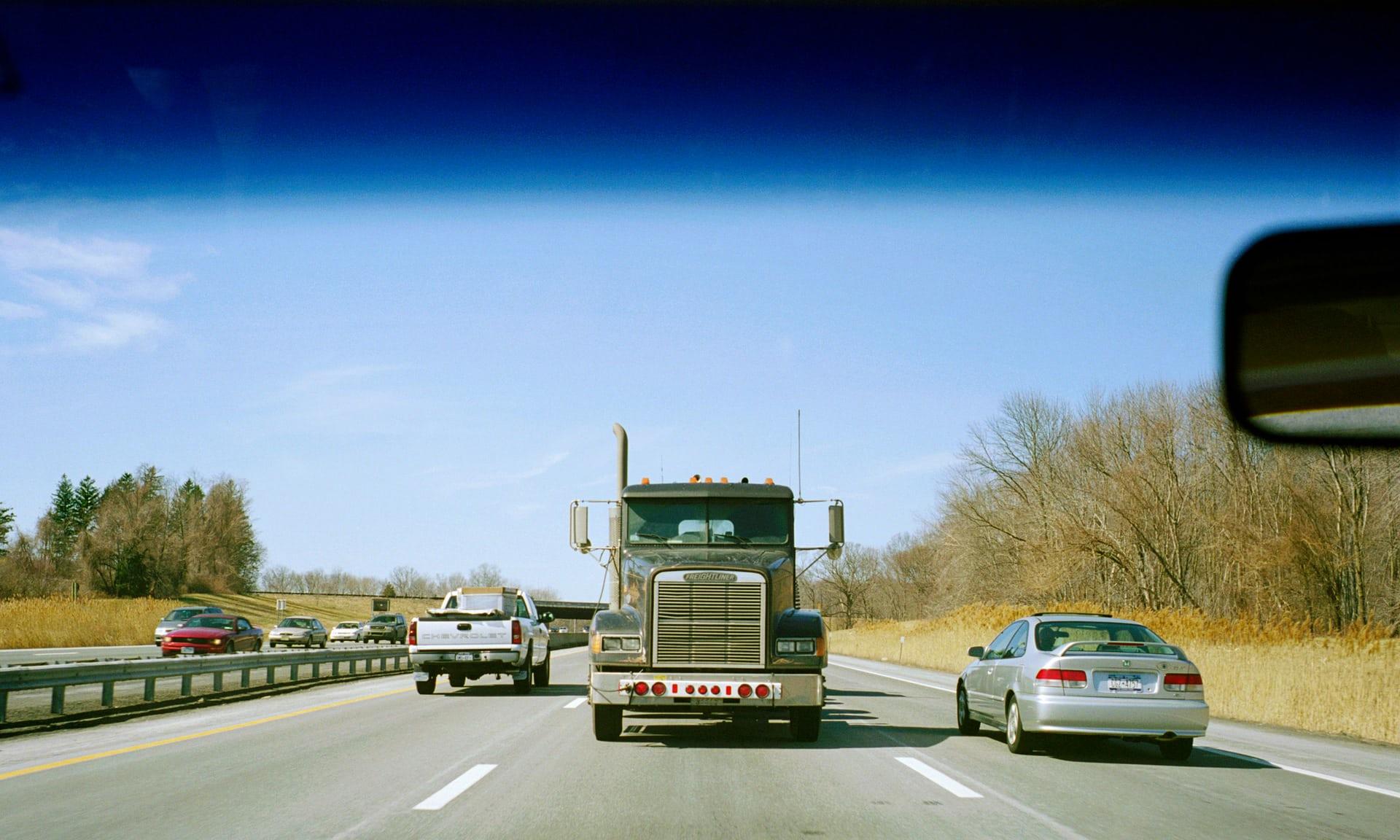Blog
How do you put a price on trucks' impact on society?
The EU has enshrined in its treaties a goal to move towards "the internalisation of external costs", which would mean that every transport user would pay a 'fair price' for the impact that their behaviour has on society. The belief is that such a practice would encourage us to minimise our environmental impact and would also help avoid situations where some people cause damage while the rest of society picks up the bill.
The lobbying group for EU trucking companies, the IRU, recently published a report claiming that trucks are overpaying in taxes and charges compared to the impact of some of their external costs. The report raised a few eyebrows. Not only does it go against decades of established science showing trucks don't cover their external costs at all, but the report was actually carried out by the very same consultancy that did a study for T&E showing trucks are paying for less than 30% of their external costs.
How can one report say that trucks cover 130% of their external costs when the same consultancy found in a report to T&E that the figure is closer to 30%?
The major difference is that the IRU report only looks at motorways. Now clearly trucks drive on more than motorways – they also drive on national roads, rural roads, etc. Doing a study on the damage caused by trucks and looking only at motorways is a bit like doing a study on poverty in Brussels and not wandering beyond the borders of Woluwe-Saint-Pierre and Uccle. The T&E report had looked at the entire road network.
In addition, the IRU report chose to only consider some of the external costs from trucks (the 130% only accounts for infrastructure costs, air pollution, and noise). T&E's report looks at all of the "external costs" – from road wear and tear to climate change (see graph).


